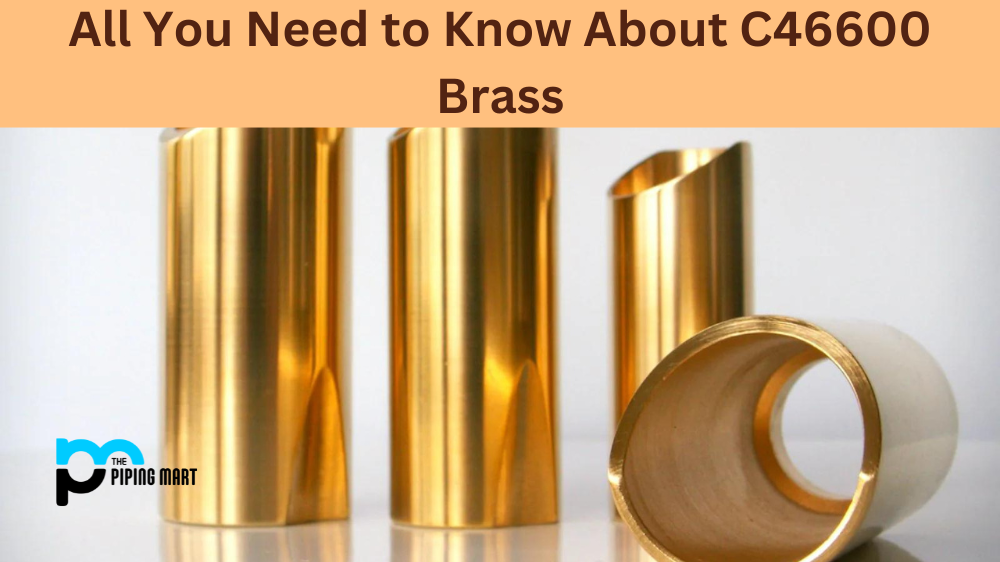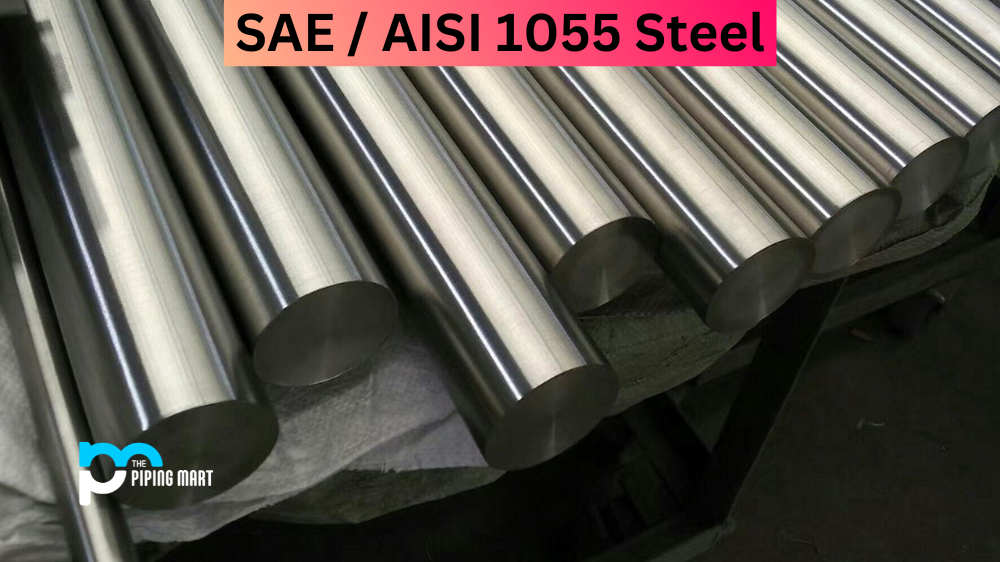If you’re in the industrial metalworking industry or a DIY enthusiast, chances are you’ve heard of 316 stainless steel. This type of alloy is highly resistant to corrosion and is often used in the food and chemical industries due to its non-toxicity. But what exactly is 316 stainless steel? Let’s look at the properties that make this alloy so popular. This post will also discuss the uses, chemical and physical properties, mechanical properties, corrosion resistance, heat resistance, heat treatment procedures, welding techniques, and machining processes associated with grade 316 stainless steel.
What is 316 Stainless Steel?
Grade 316 SS is a high-performance chromium-nickel stainless steel alloy with superior corrosion resistance and strength. It contains molybdenum, providing excellent pitting resistance, which makes it ideal for highly corrosive environments. Its increased nickel content strengthens and hardens the alloy, making it well-suited to acidic applications.
What Forms is Stainless Steel 316 Available at Piping Mart?
- Stainless Steel 316 Pipes
- Stainless Steel 316 Tube
- Stainless Steel 316 Pipe Fittings
- Stainless Steel 316 Forged Fittings
- Stainless Steel 316 Channels
- Stainless Steel 316 Bolts
- Stainless Steel 316 Valves
- Stainless Steel 316 Plates
316 Stainless Steel Chemical Composition
AISI 316 SS contains 16-18% chromium and 11-14% nickel content, providing better corrosion resistance than conventional 304-grade stainless steel. It also has molybdenum content, giving it greater pitting and crevice corrosion resistance compared to austenitic grades of stainless steel. 1.4401 also contains small amounts of manganese, which helps improve formability and weldability.
| Grade | C | Mn | Si | P | S | Cr | Mo | Ni | N | |
| 316 | Min | – | – | – | 0 | – | 16.0 | 2.00 | 10.0 | – |
| Max | 0.08 | 2.0 | 0.75 | 0.045 | 0.03 | 18.0 | 3.00 | 14.0 | 0.10 | |
Stainless Steel UNS S31600 Physical Properties
Alloy 316 stainless steel has a high melting point at 1425°C (2597°F), making it one of the most thermally stable materials available today. It also possesses good electrical conductivity, making it suitable for use in electrical devices or components where current must be conducted efficiently through the material without causing any losses or damage due to excessive heating or arcing. The SS 316 also exhibits excellent ductility, allowing for easy forming when heated up properly during fabrication processes such as stamping or drawing operations. In addition to these features, it has a relatively low thermal expansion coefficient, making it suitable for applications where temperature fluctuations are present, such as those in aerospace or industrial environments where extreme temperatures may occur during different operational scenarios or conditions.
| Grade | Density(kg/m3) | Elastic Modulus (GPa) | Mean Co-eff of Thermal Expansion (µm/m/°C) | Thermal Conductivity (W/m.K) | Specific Heat 0-100 °C (J/kg.K) | Elec Resistivity (nΩ.m) | |||
| 0-100 °C | 0-315 °C | 0-538 °C | At 100 °C | At 500 °C | |||||
| 316 | 8000 | 193 | 15.9 | 16.2 | 17.5 | 16.3 | 21.5 | 500 | 740 |
316 Stainless Steel Mechanical Properties
316 SUS is one of the most popular materials for these uses due to its strength, durability, and ability to withstand extreme temperatures. It has a high elongation at a break of 50-60%, good tensile strength of up to seventy-five thousand PSI and yield strength of up to thirty-two thousand PSI, and it can be hardened through work hardening or age hardening techniques. Additionally, it has great toughness against shock and fatigue even at very low temperatures, down to minus 450 degrees Fahrenheit.
| Grade | Tensile Str (MPa) min | Yield Str 0.2% Proof (MPa) min | Elong (% in 50 mm) min | Hardness | |
| Rockwell B (HR B) max | Brinell (HB) max | ||||
| 316 | 515 | 205 | 40 | 95 | 217 |
316 Stainless Steel Equivalent
| EU EN |
USA – |
Germany DIN, WNr |
Japan JIS |
France AFTER |
England BS |
Italy UNI |
China GB |
Sweden SS |
Czechia CSN |
Austria NORM |
Russia GOST |
|||||||||||||
| X5CrNiMo17-12-2 (1.4401) |
|
|
|
|
|
|
|
|
|
|
|
Stainless Steel 316 Specifications
- ASTM A313
- ASTM A580
- BS 970
- BS 2056
316 Stainless Steel Uses
316 stainless steel is frequently used in food processing due to its high corrosion resistance and superior hygiene standards. 1.4401 SS is also popularly used in medical and marine applications where corrosion resistance is necessary. This type of stainless steel can be used in many other industries, such as construction, paper production, oil & gas exploration, aerospace engineering, etc.
1.4401 Stainless Steel Corrosion Resistance
Excellent in various atmospheric environments and many corrosive media – generally more resistant than 304. Subject to pitting and crevice corrosion in warm chloride environments and to stress corrosion cracking above 60 °C. Considered resistant to potable water with up to about 1000 mg/L chlorides at ambient temperatures, reducing to about 500 mg/L at 60 °C. 316 is usually regarded as the standard “marine grade stainless steel” but is not resistant to warm seawater. 316 SS exhibits surface corrosion in many marine environments, usually visible as brown staining. This is particularly associated with crevices and rough surface finish.
316 SS Heat Resistance
Good oxidation resistance in intermittent service to 870 °C and continuous service to 925 °C. Continuous use of 316 in the 425-860 °C range is not recommended if subsequent aqueous corrosion resistance is important. Grade 316 is more resistant to carbide precipitation and can be used in the above temperature range. It has higher strength at elevated temperatures and is sometimes used for structural and pressure-containing applications above 500 °C.
AISI 316 Heat Treatment
Heat treatment can modify or enhance SS 316 properties, making the steel stronger and harder. Common treatments for 316 stainless steel include annealing (heat soaking at specific temperatures) and tempering (rapid cooling). In addition, more specialized heat treatments such as stress relief and solution annealing can also be applied to increase durability.
Conclusion:
316 stainless steel is an incredibly versatile material that offers excellent mechanical properties and superior corrosion resistance compared to other types of steel available on the market today. Its wide range of uses spans from medical equipment through construction projects where durability and longevity are essential requirements from a structural standpoint due to its good formability and weldability characteristics combined with its great strength/toughness/hardness capabilities these properties make grade 316 SS an ideal choice for many different industries requiring reliable materials capable of surviving extreme temperatures pressures load vibrations impact etc.

Pipingmart is a B2B portal that specializes in metal, industrial and piping items. Additionally, we share the latest information and information about materials, products and various types of grades to assist businesses that are involved in this business.




